Size: 11×13
Weird Tales is an American fantasy and horror fiction pulp magazine founded by J. C. Henneberger and J. M. Lansinger in March 1923. The first editor, Edwin Baird, printed early work by H. P. Lovecraft, Seabury Quinn, and Clark Ashton Smith, all of whom would go on to be popular writers, but within a year the magazine was in financial trouble. Henneberger sold his interest in the publisher, Rural Publishing Corporation, to Lansinger and refinanced Weird Tales, with Farnsworth Wright as the new editor. The first issue under Wright’s control was dated November 1924. The magazine was more successful under Wright, and despite occasional financial setbacks it prospered over the next fifteen years. Under Wright’s control the magazine lived up to its subtitle, “The Unique Magazine”, and published a wide range of unusual fiction.
Air Wonder Stories and Science Wonder Stories were merged in 1930 as Wonder Stories, and the quarterly was renamed Wonder Stories Quarterly. The magazines were not financially successful, and in 1936 Gernsback sold Wonder Stories to Ned Pines at Beacon Publications, where, retitled Thrilling Wonder Stories, it continued for nearly 20 years. The last issue was dated Winter 1955, and the title was then merged with Startling Stories, another of Pines’ science fiction magazines. Startling itself lasted only to the end of 1955 before finally succumbing to the decline of the pulp magazine industry.
The editors under Gernsback’s ownership were David Lasser, who worked hard to improve the quality of the fiction, and, from mid-1933, Charles Hornig. Both Lasser and Hornig published some well-received fiction, such as Stanley Weinbaum’s “A Martian Odyssey”, but Hornig’s efforts in particular were overshadowed by the success of Astounding Stories, which had become the leading magazine in the new field of science fiction. Under its new title, Thrilling Wonder Stories was initially unable to improve its quality. For a period in the early 1940s it was aimed at younger readers, with a juvenile editorial tone and covers that depicted beautiful women in implausibly revealing spacesuits. Later editors began to improve the fiction, and by the end of the 1940s, in the opinion of science fiction historian Mike Ashley, the magazine briefly rivaled Astounding.
Each poster is printed on high quality acid free archive quality paper, that ensures your prints will look good years to come.

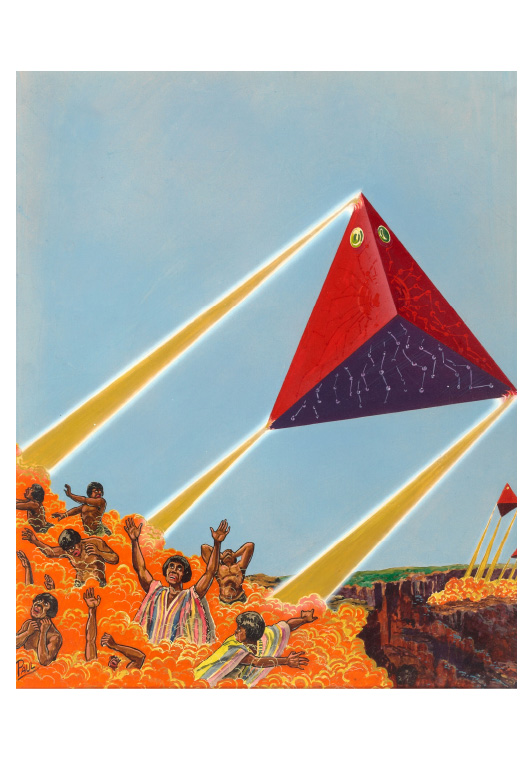

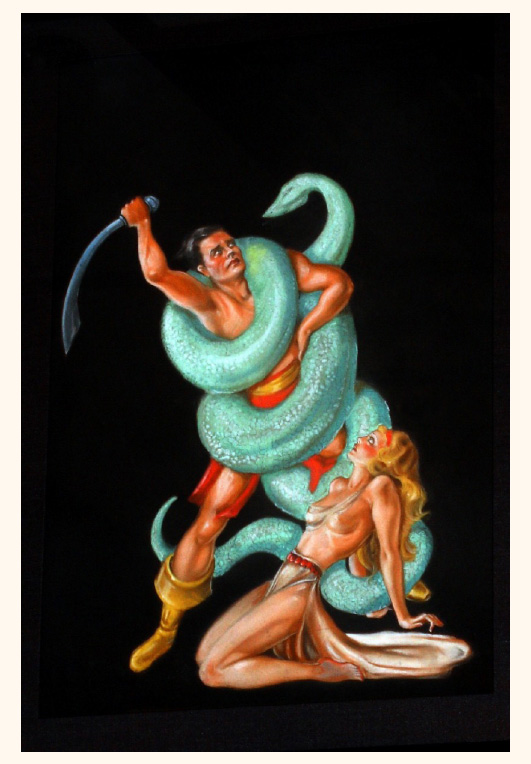
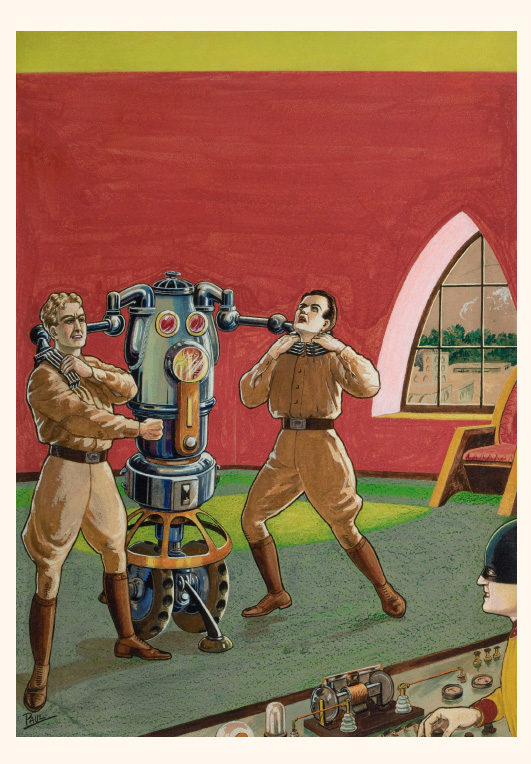
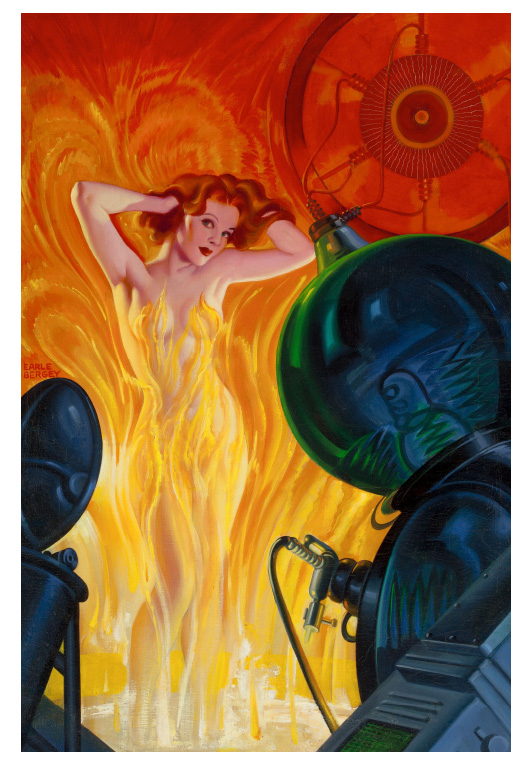
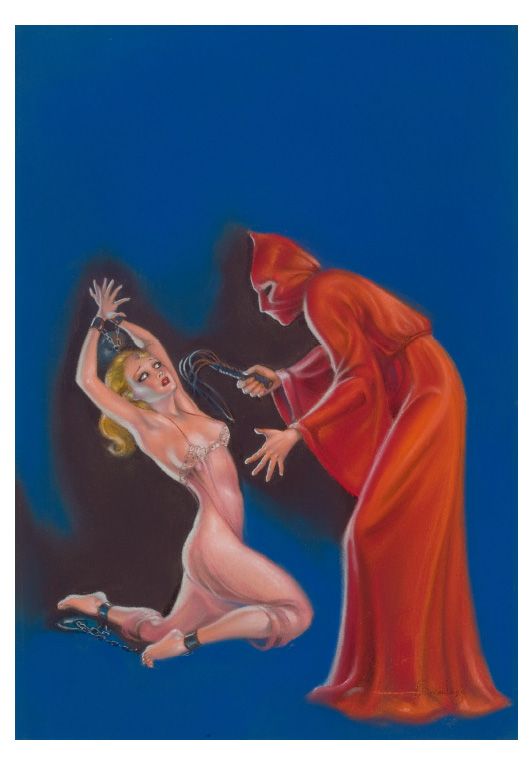
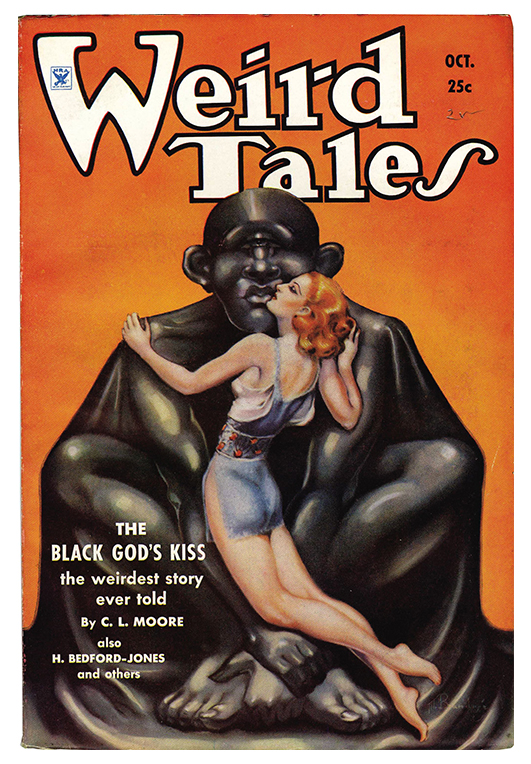
Reviews
There are no reviews yet.